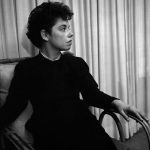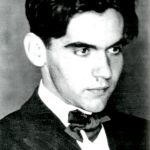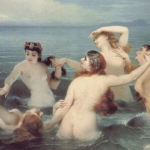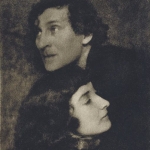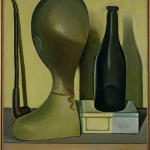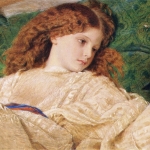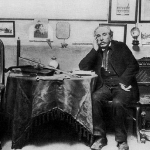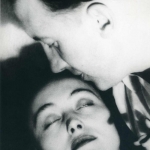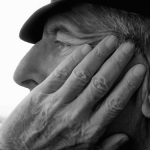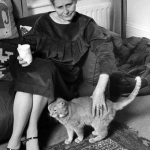ANTONI TAPIES ~ ART AND THE MEANING OF LIFE

“Art should startle the viewer into thinking about the meaning of life.”
ANTONI TAPIES
Barcelona, 1923 – 2012, painter, sculptor.
Tàpies eschewed traditional painting materials and championed the use of all sorts of other materials long before arte povera became a fashionable critical notion. He did in fact invent a new form of material expression.

